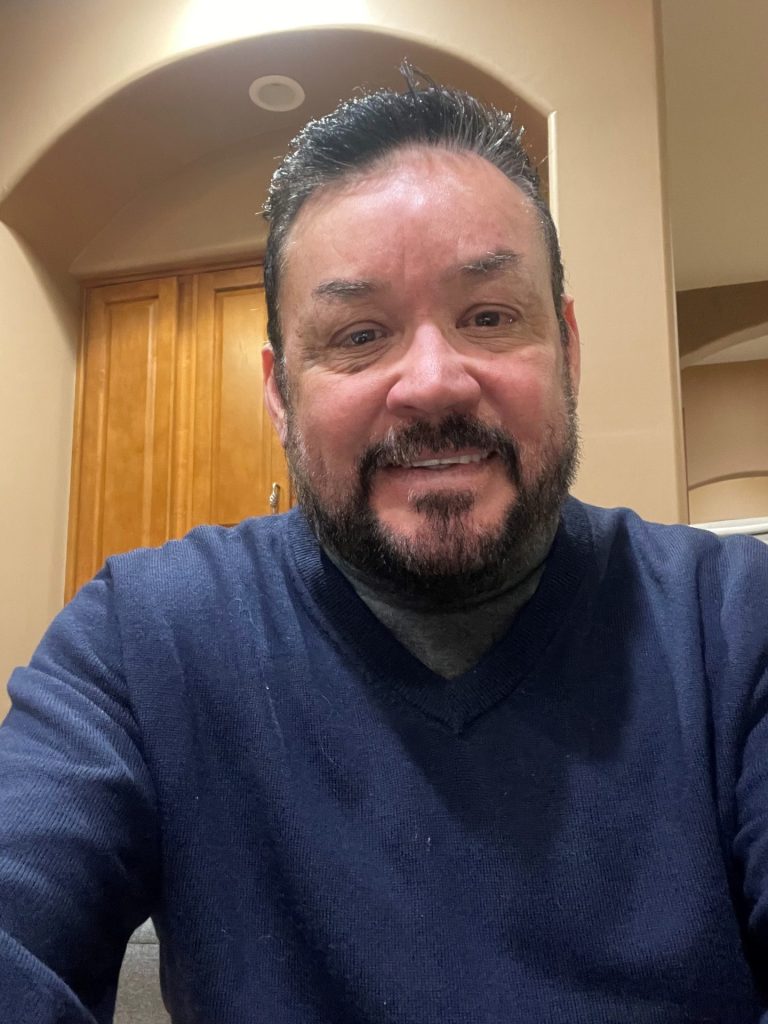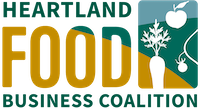By Patty Cantrell, New Growth
Walk into a rural, small town grocery store. Find plenty of fruit, vegetables, meats, milk, and more supplied by area food and farm businesses.
This scenario is unexpected today; rural grocers and small farms struggle to survive and thrive. Yet it is a scenario that the Heartland Regional Food Business Center aims to make commonplace with support for entrepreneurship and innovation from farm to table.
Sergio Sosa is confident the indigenous Maya people he works with can play a significant role. Their farming culture and immigrant drive to build a new life are valuable assets to work with.
Sosa is the Indigenous Food and Business Manager at Comunidad Maya Pixan Ixim. The Omaha-based community and economic development organization is one 14 Key Partners working together through the Heartland Center to develop new local and regional links in food supply chains.
The Heartland Center is one of 12 new USDA Regional Food Business Centers across the country. It works with Comunidad Maya Pixan Ixim and others to reach and serve food and farm businesses ranging from commodity producers diversifying crops and markets to gardeners working to become commercial suppliers.

Maya farming culture
Maya refugees from war and genocide in Guatemala brought agrarian culture and skills with them to Nebraska, where they were recruited to work in the region’s meat packing plants. Comunidad Maya Pixan Ixim estimates that about 10,000 Maya people reside in Nebraska, and about 3,000 live in the city of Omaha alone.
Sosa is also from Guatemala. He works through the Heartland Center to help Maya refugees build food businesses and connect with local and regional markets. He comes to Comunidad Maya Pixan Ixim after founding and building the Heartland Workers Center.
Sosa shared a conversation with one of many Mayan immigrants eager to supply neighbors and markets: “In one of my trips to the rural area, I spoke with Carlos, a Mayan Q’anjob’al immigrant who has been living in Schuyler for the last 15 years. He asked me to listen to his story. He said:
‘I came here to save my life and help my poor family. I have been working for “la-Matanza” (the meat packing plant) all those years. When you asked to come and visit me to talk about my farming experience, I was happy. … I didn’t know I could sell my produce and I could become a small farmer again. I’m not the only one; there are many of us who love farming. We can unite the Mayan community to do it together.’ ”
Sosa continued: “What I saw in Carlos’s story is a real vision to serve the underserved communities.”
Immigrant entrepreneurship
Vision may help explain the high entrepreneurship rate among immigrants; vision fueled by the need to take care of family and community in a new country. According to a Massachusetts Institute of Technology study, immigrants are 80 percent more likely to start a business than native-born Americans.
In 2019 this translated into immigrants making up 21.7 percent of all business owners in the United States, reported advocacy group New American Economy. This despite making up just over 13.6 percent of the population and 17.1 percent of the U.S. labor force.
Entrepreneurship is about identifying needs and serving them. The underserved communities that Sosa sees new Maya farmers in Nebraska serving includes rural communities where many live; where small independent grocery stores struggle to fill shelves because they cannot meet minimum order requirements of large food distributors.
Needs and opportunities
Assistance across the spectrum from food producers to restaurants, schools, and grocers is what the Heartland Center does across five states, from Schuyler, Nebraska, to Sikeston, Missouri.
Partners include the Rural Grocery Initiative, which supports small town food stores. Partners include community organizations that both source and sell local foods, providing markets for producers and choice for consumers. Partners include universities and nonprofits helping farm and food entrepreneurs build business plans and find resources.
This team is working to make unexpected local food scenarios commonplace; to help Mayan refugee Carlos realize his vision of growing his garden to supply neighbors and markets: “Perhaps this year in September we can sell our produce like I did in my country.”
